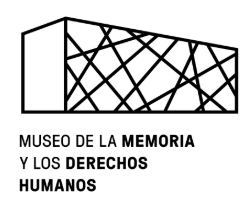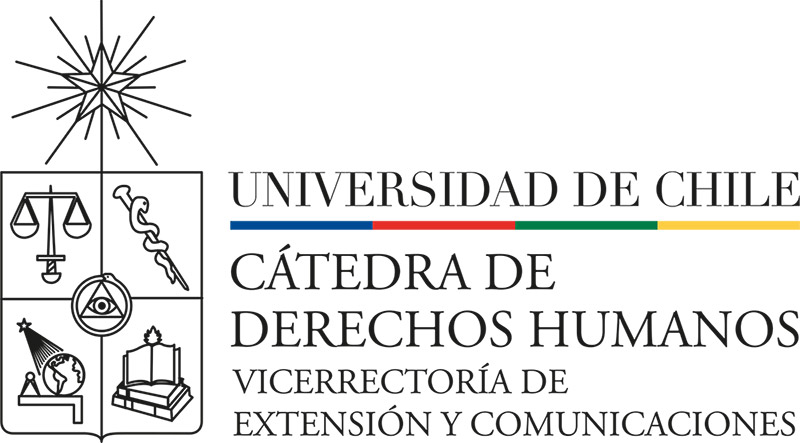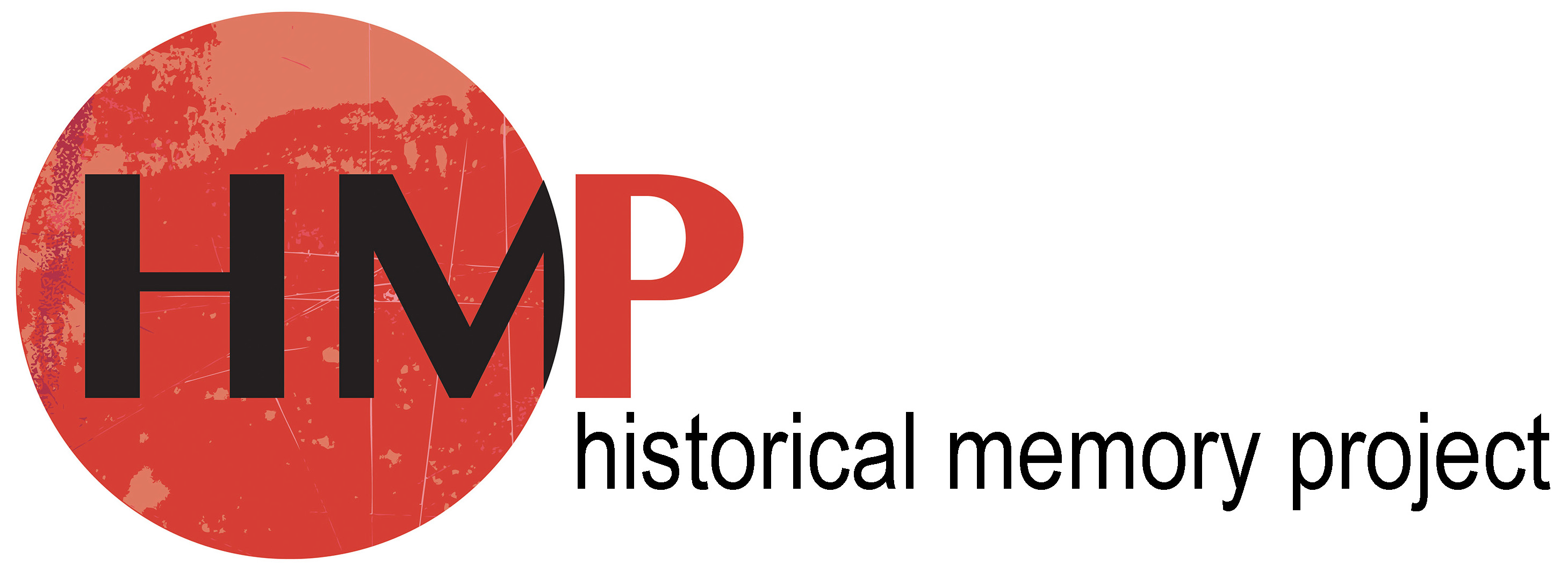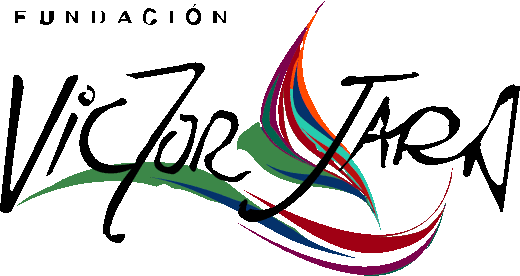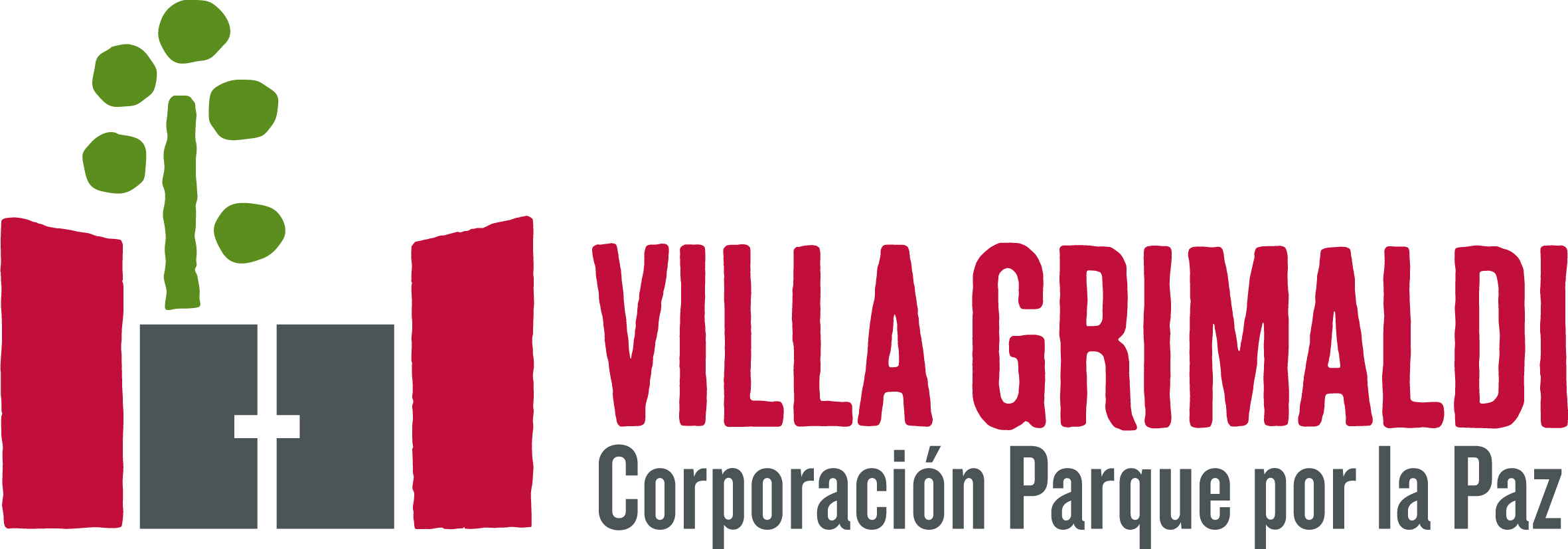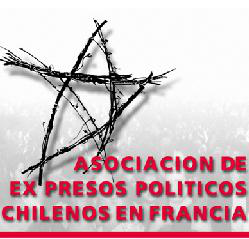 Cantos Cautivos
Cantos Cautivos
76 results where found for «Calle Ir������n N������ 3037 /img/logocantos.jpg»
Music piece by:
Hans Leip
Testimony by:
Renato Alvarado Vidal
Experience in:
Campamento de Prisioneros Melinka, Puchuncaví, May - Octobre 1975
Tags:
Run Run Went up North (Run Run se fue pa'l norte)
Music piece by:
Violeta Parra
Testimony by:
Ernesto Parra Navarrete
Experience in:
Campamento de Prisioneros, Estadio Nacional, 9 November 1973
Tags:
Music piece by:
Attributed to Charles Albert Tindley
Testimony by:
Alfonso Padilla Silva
Experience in:
Cárcel de Concepción / Cárcel El Manzano, December 1974
Tags:
I’m Not from Here - To my Comrade, my Love (No soy de aquí - A mi compañera)
Music piece by:
Facundo Cabral, with lyrics modified by a political prisoner
Testimony by:
Alfonso Padilla Silva
Experience in:
Campamento Prisioneros Estadio Regional, 25 December 1973
Tags:
Music piece by:
Víctor Canto and Luis Cifuentes (lyrics), Roberto Parra (music)
Testimony by:
Luis Cifuentes Seves
Experience in:
Campamento de Prisioneros Chacabuco, November 1973 - February 1974
Tags:
Candombe for José (Candombe para José)
Music piece by:
Roberto Ternán
Testimony by:
Sara De Witt
Experience in:
Campamento de Prisioneros, Tres Álamos, September 1976
Tags:
Ode to Joy (Himno a la alegría)
Music piece by:
original by Friedrich von Schiller (lyrics) and Ludwig van Beethoven (music). Free version in Spanish by Amado Regueiro Rodríguez, aka Orbe (lyrics) y Waldo de los Ríos (music), popularised in Chile by Miguel Ríos.
Testimony by:
Amelia Negrón
Experience in:
Campamento de Prisioneros, Tres Álamos, 31 December 1975
Tags:
Music piece by:
Claudio Durán Pardo
Testimony by:
Claudio Durán Pardo
Experience in:
Campamento de Prisioneros, Tres Álamos, September - December 1975
Tags:
Music piece by:
lyrics: collective creation; music: 'Jálame la pitita' by Luis Abanto Morales (Peruvian polka)
Testimony by:
Lucía Chirinos
Experience in:
Cárcel de Mujeres Buen Pastor, La Serena, October 1973 - April 1974
Tags:
An Old Love Tune (Tonada del viejo amor)
Music piece by:
Eduardo Falú and Jaime Dávalos
Testimony by:
Luis Cifuentes Seves
Experience in:
Campamento de Prisioneros Chacabuco, November 1973 - February 1974
Tags:
